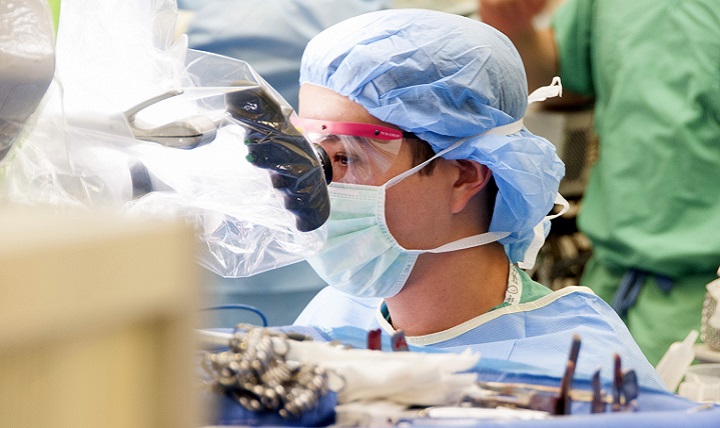Cancer surgery is one of the main types of treatment for most types of cancer. It involves cutting into your body to remove cancerous tissue and some surrounding healthy tissue.
It may also help determine the tumor’s size and whether it has spread. It is called staging.
Removing a Tumor
Surgery can be done at different stages of cancer treatment. For instance, doctors may remove a small portion of a tumor so they can get a tissue sample to examine under a microscope. It is called a biopsy.
Surgery is also used to help determine how far a tumor has spread (its stage). The surgeon uses a combination of factors, including the size of the cancer and whether it has reached nearby lymph nodes, to figure this out.
Sometimes, a surgeon may be able to remove all of a tumor and some surrounding healthy tissue. It is a process known as debulking. It can make chemotherapy and radiation treatments more effective by reducing the tumor mass that needs to be destroyed.
Surgery is frequently employed by surgical oncologists like Dr. Armen Parajian to treat tumor-related symptoms. For instance, they might cut out a portion of a tumor that puts pressure on a bone or nerve. Additionally, cancer that is obstructing the gut may be removed.
Adjuvant Treatments
Surgery can also treat cancer after it has spread to other body parts, intending to make the primary treatment more effective. It is called adjuvant therapy. It includes chemotherapy, hormone therapy, and radiation.
Before primary surgery, doctors often use a biopsy to determine if a tumor has spread. A biopsy is a medical procedure involving cutting to remove tissue and checking it under a microscope for cancer cells.
Surgery can be done in a doctor’s office, clinic, or surgery center. You may stay in the hospital for several days or more or go home the same day. You will need medication, usually called anesthesia, to stop you from feeling pain during the operation. The type of anesthesia you receive depends on the type and extent of surgery you have. It could be local or regional anesthesia, or you might need general anesthesia.
Preventing Recurrence
Surgery removes a tumor, but it’s also vital to prevent cancer from coming back. When cancer cells escape detection and enter circulation, they can be entrapped at distant sites and grow to form new metastatic growth.
To prevent this, doctors use surgery to remove growths that might be precancerous and to remove the lymph nodes that work like filters. They may also remove tissue affected by the cancer to see how far it has spread.
However, surgical trauma, anesthesia, and anesthetic agents all interfere with immune function, allowing cancer cells to enter the circulation and promote metastasis. This immunosuppression is triggered by the release of soluble factors that block CMI surveillance, impair dendritic cell function, and stimulate the growth of preexisting micro-metastases. These effects occur in proportion to the extent and intensity of surgery. This perioperative storm of pro-metastatic processes significantly contributes to long-term cancer outcomes.
Post-Operative Care
While it may be difficult, many patients choose not to undergo surgery. It is often because other treatments, such as physical therapy or medication, are viewed as more viable options. For those who do have cancer and need to undergo surgery, it can be an emotional experience.
A surgical oncologist is trained to provide expert care before, during, and after the operation. They work with other medical team members, such as radiation oncology and hematology/oncology, to ensure you receive the best treatment.
Surgeons often feel a unique bond with their patients because they have close access to parts of the body that many other doctors do not. It may help explain why studies have shown that surgeons who operate on more cases tend to perform better than those who do not. In addition, patients who have undergone cancer surgery report a more positive post-surgical recovery than those who do not.

